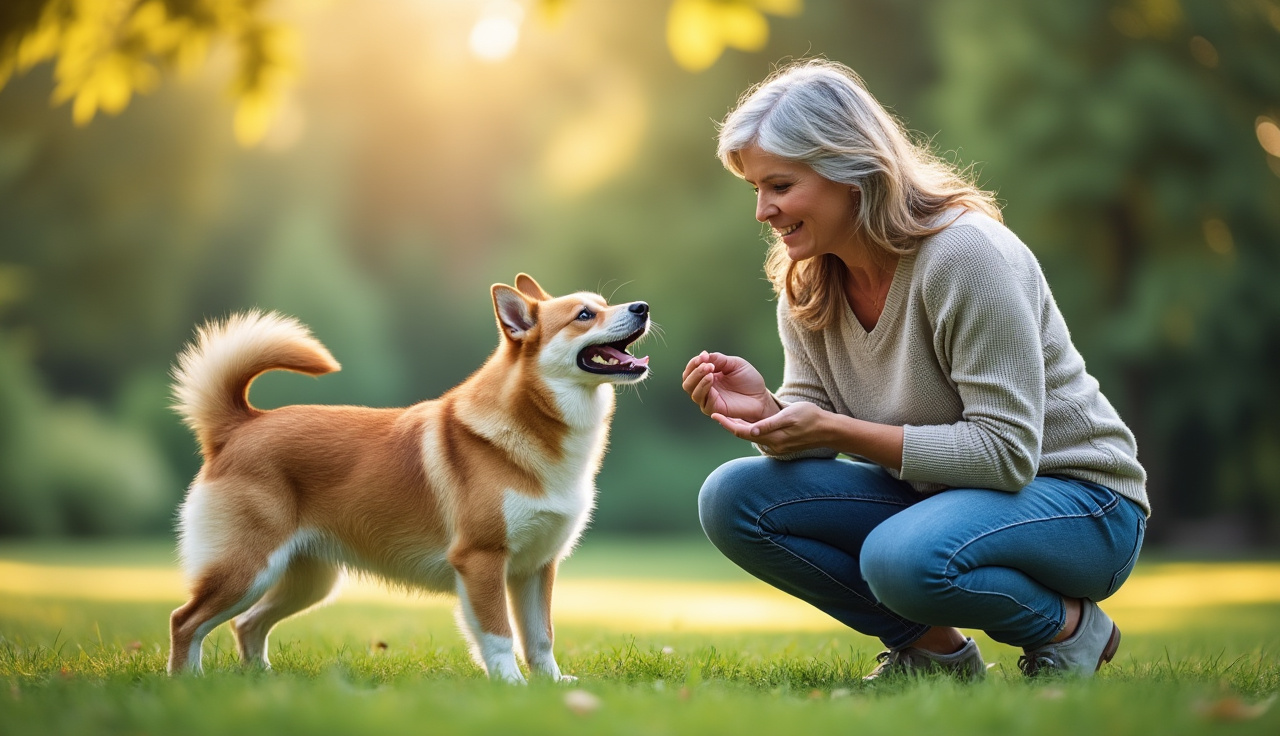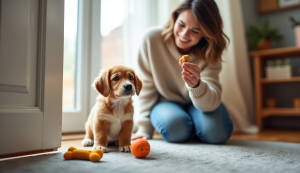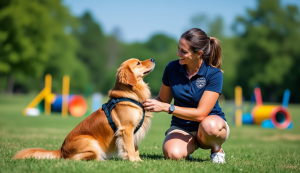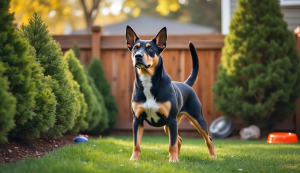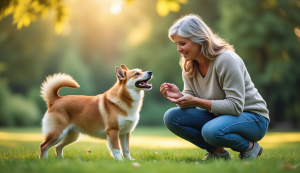Dealing with an aggressive dog can feel scary and overwhelming. I know because I’ve helped hundreds of pet owners tackle this exact problem.
Listen up:
Most people try to fix dog aggression by just yelling “No!” or using harsh training methods. But that’s like putting a band-aid on a broken leg – it won’t solve the real problem.
Your dog’s brain chemistry plays a huge role in their aggressive behavior. Things like stress hormones and brain chemicals can turn even the sweetest pup into a growling mess.
The good news? Science has shown us better ways to calm an aggressive dog. Instead of just reacting to bad behavior, we can actually prevent it from happening in the first place.
In this guide, I’ll show you proven methods that work with your dog’s natural instincts. These techniques help balance your dog’s hormones and brain chemicals, leading to lasting behavior changes.
Understanding the Biochemistry of Canine Aggression
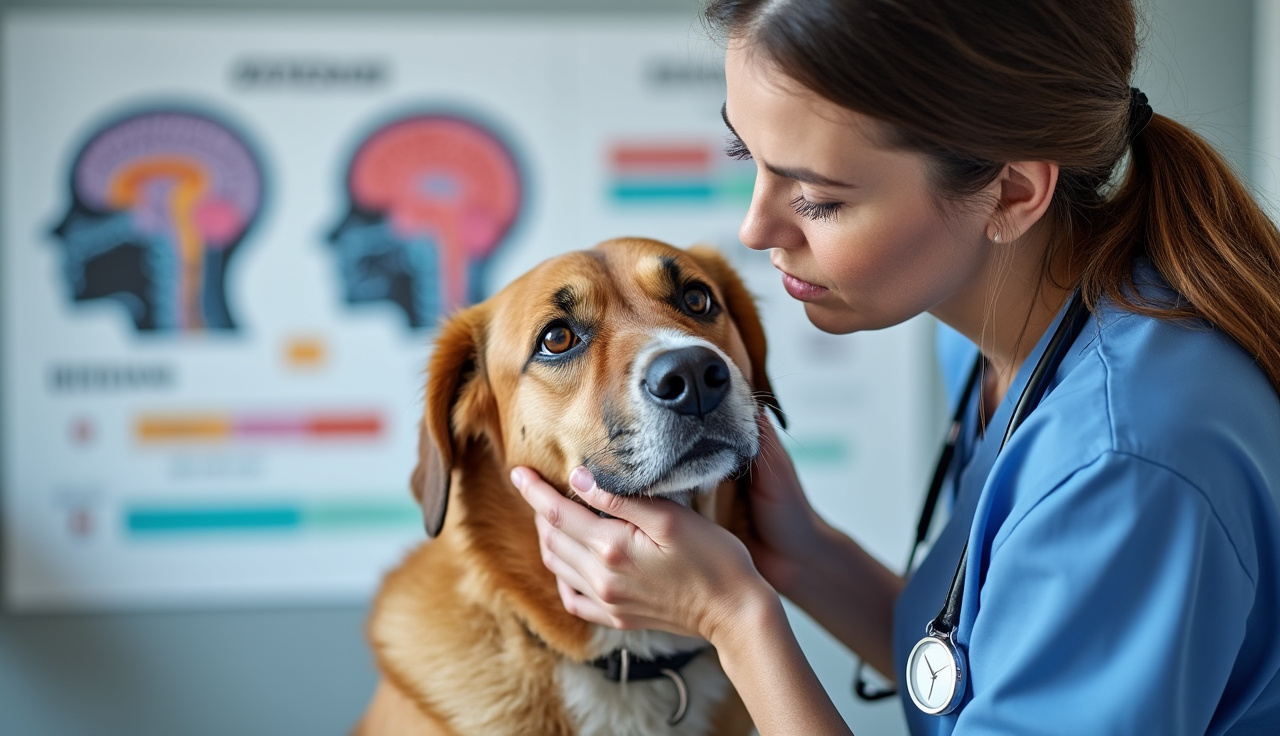
Ever wonder why your furry friend sometimes acts like Jekyll and Hyde? Let’s break down the science behind dog aggression in a way that actually makes sense.
Think of your dog’s hormones like tiny messengers in their body. When these messengers get out of whack, they can turn your sweet pup into a grumpy pants. The main troublemaker here is cortisol – the stress hormone that spikes when your dog feels threatened or anxious.
Here’s something cool: A good run or play session can actually lower these stress hormones. It’s like hitting a reset button on your dog’s mood! When dogs exercise, their bodies pump out feel-good chemicals called endorphins. These natural mood boosters help keep aggression in check.
Your dog’s gut health plays a bigger role than you might think. Scientists call it the “second brain” because it affects mood big time. A happy belly often means a happy dog!
Let’s look at which exercises work best to calm an aggressive dog:
- Fast-paced walks (30 minutes)
- Fetch sessions (15-20 minutes)
- Swimming (20 minutes)
- Agility training (15 minutes)
- Tug-of-war (10 minutes with rules)
The magic happens when you time these activities right. Morning exercise works wonders because it sets your dog up for a calmer day.
| Time of Day | Best Exercise Type | Mood Impact |
|---|---|---|
| Morning | Cardio (walks/runs) | Reduces day-long anxiety |
| Afternoon | Mental games | Prevents boredom aggression |
| Evening | Gentle play | Promotes restful sleep |
Your dog’s food choices matter too. Foods rich in tryptophan (like turkey) help make serotonin – the “happy chemical” in the brain. Adding omega-3 supplements can also help keep your pup’s mood stable.
The space around your dog affects their behavior more than you’d think. Bright lights can mess with their natural rhythm and make them edgy. And those high-pitched sounds from TVs or computers? They can stress out your furry friend without you even noticing.
Remember: A calm environment plus the right exercise and food equals a happier, less aggressive pup!
Modern Approaches to Aggression Management
Listen up: Helping your dog stay calm doesn’t have to be rocket science. Let’s dive into some super easy ways to make your furry friend more relaxed and happy.
The Technology-Assisted Training Method
Ever wished you could read your dog’s mind? Well, now you almost can! Smart collars and wearables track your pup’s stress levels in real-time. Think of them as tiny mood rings for dogs.
These cool gadgets connect to your phone and show you exactly when your dog starts feeling anxious. It’s like having a dog-to-human translator right in your pocket.
Training apps are game-changers too. They’re like having a pro trainer on speed dial. Some even let you work with real trainers through video calls – perfect for those busy days when you can’t leave home.
Scent-Based Calming Techniques
Here’s something neat: dogs have a nose that’s 40 times better than ours! Scientists found that certain smells can help calm down even the most wound-up pups.
Top calming scents for dogs:
• Lavender
• Chamomile
• Vanilla
• Sweet marjoram
• Valerian
Just pop a few drops in a diffuser or spray it on their bed. But remember: less is more! Dogs have super-sensitive noses.
Progressive Socialization Protocol
Think of this like teaching your dog to be a social butterfly – but with training wheels. Start small. Maybe just watching other dogs from far away.
Watch for happy signs like:
– Relaxed ears
– Soft eyes
– Loose tail wags
– Calm breathing
Mix these training sessions into your daily walks. Even a quick 5-minute practice during potty breaks counts!
| Stress Level | Signs to Watch | What to Do |
|---|---|---|
| Mild | Lip licking, yawning | Continue but monitor |
| Medium | Raised hackles, stiff tail | Increase distance |
| High | Growling, lunging | End session, try again later |
Remember: baby steps win the race. Your pup will thank you for taking it slow and steady!
Let’s wrap this up with some real talk about stopping dog aggression. The key is understanding that change takes time, but it’s totally worth it for a happier, calmer pup.
Remember: fixing aggressive behavior isn’t about quick fixes. It’s about mixing the right training, exercise, food, and environment to help your dog feel safe and relaxed.
Start small, stay patient, and celebrate tiny wins. Your dog might not change overnight, but with these science-backed tips, you’ll see progress week by week.
Need expert help with your dog’s aggressive behavior? Give us a call at 919-353-7149. We’ve helped countless dogs become their best selves, and we’d love to help yours too.
Stick with it, stay consistent, and watch your aggressive dog transform into the loving family member you always knew they could be.

